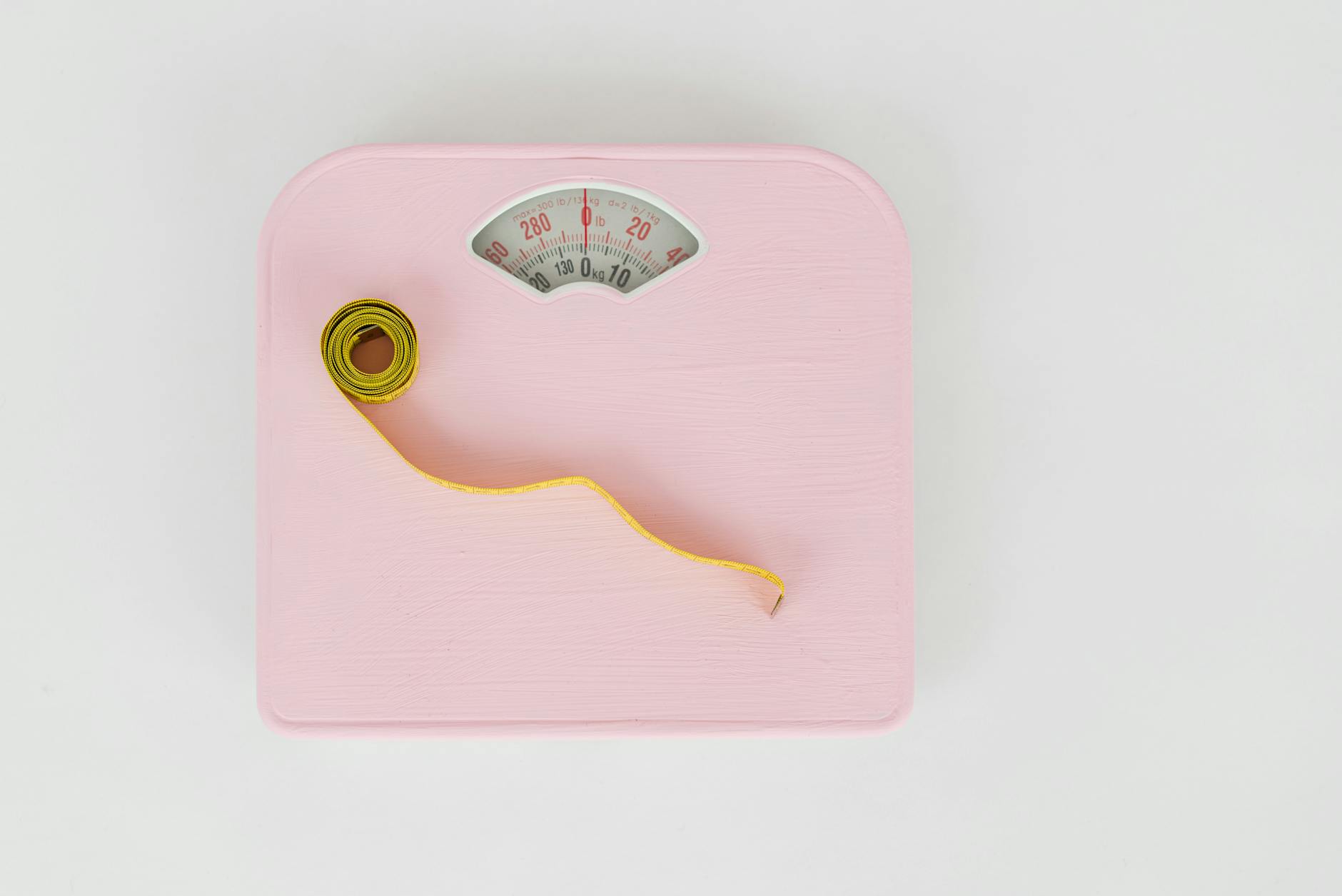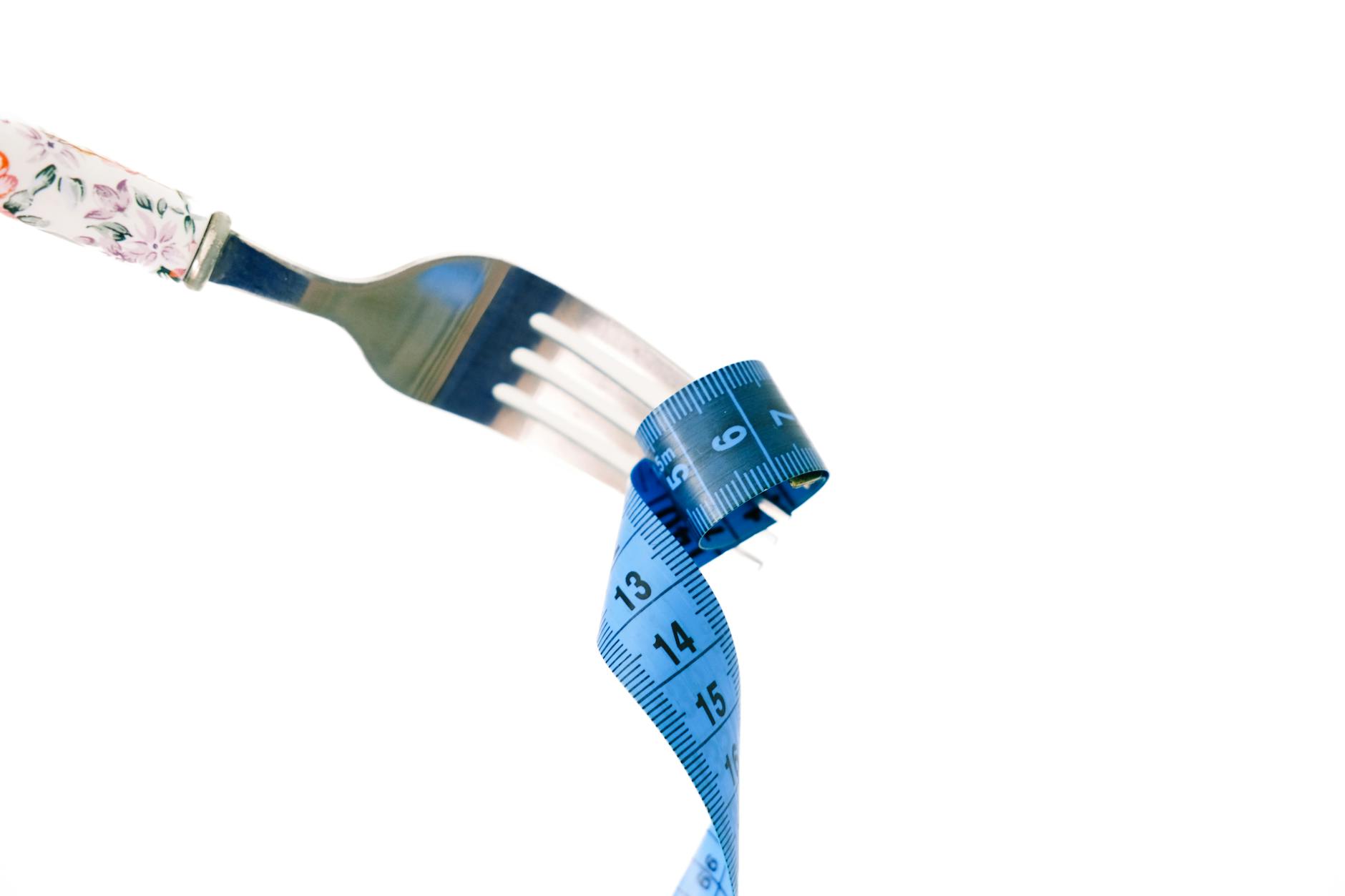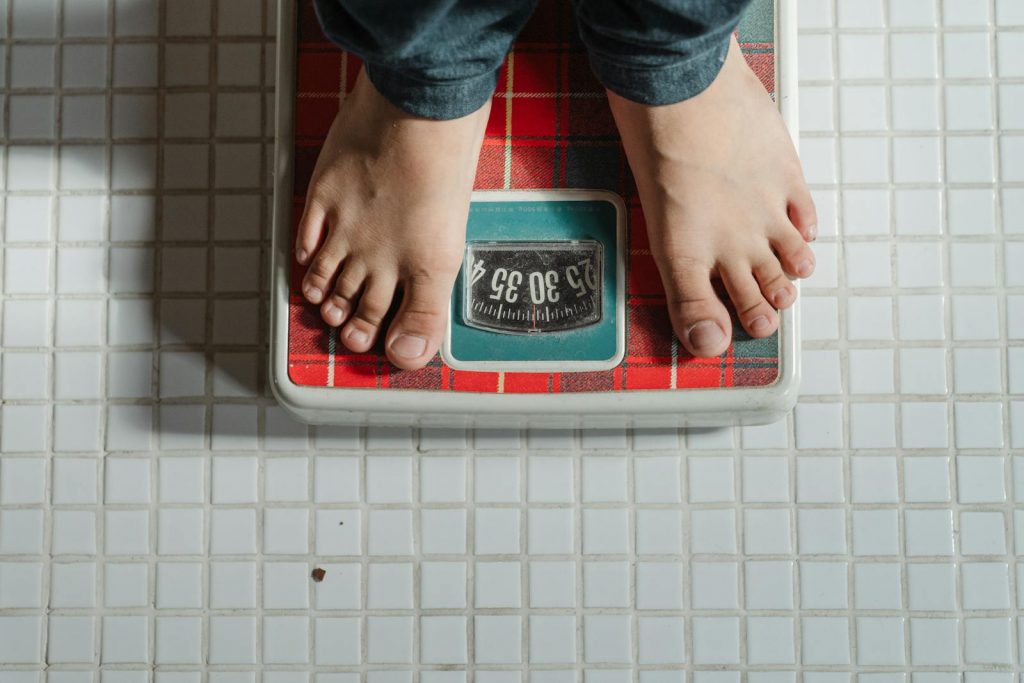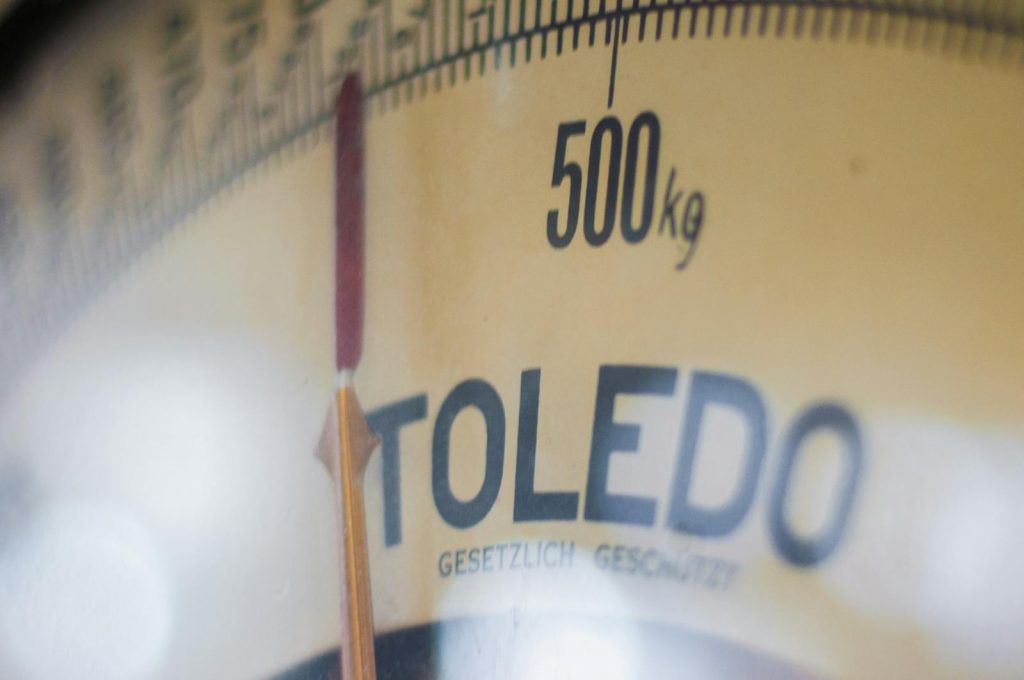Science, Real Numbers & Playful Advice
Fasting is everywhere—Instagram, TikTok, that one cousin who skips breakfast and won’t stop talking about it.
But how much weight can you lose when fasting, really?
Let’s not beat around the celery stalk: Most people lose anywhere from a couple to several pounds a week when starting fasting, depending on your plan and food choices.
You’re not just dropping water weight—done right, fasting can help you burn real fat.
With science-backed advice, practical hacks, and a sprinkle of playful banter, this guide will show you how fasting (and easy tricks like Eat-Stop-Eat) help you lose weight, get fit, and still smile when you see a donut.
Key Takeaways:
- Fasting can kickstart weight loss faster than most crash diets.
- Most folks lose 1–2 pounds per week (or more) when combining fasting with smart eating.
- Eat Stop Eat makes fasting manageable and fun—anyone can try it.
- Real science proves it’s not just about losing water weight; fasting helps your body burn fat for fuel.
- Bust common Eat Stop Eat diet myths and learn which advice you can actually trust.
- Curious how fasting stacks up against cardio? Get answers in this deep dive on Does fasting burn fat faster.
How Much Weight Can You Actually Lose When Fasting?
If you’re staring at your scale hoping for magic, let’s get real and answer the question: how much weight can you lose when fasting?
Fasting speeds up the process, but it’s not Hogwarts—results are a mix of fast wins and steady progress.
Your body sheds weight differently during the first week than it does as you keep going.
Here’s why your pants may suddenly feel loose (or still a little snug) depending on your method, metabolism, and how you break your fast.
Typical Weight Loss in the First Week of Fasting

The number on the scale can drop fast in your first week—sometimes 3 to 7 pounds. That’s not all from your belly. Here’s why:
- Glycogen Stores: When you stop eating, your body dips into its carbohydrate backup, called glycogen. For every gram of glycogen you use, your body lets go of about 3 grams of water. That makes those first pounds whoosh away.
- Water Weight: Most of the quick drop at first? Water saying bye-bye. Your cells shed extra fluid as you burn through glucose and salt.
- Early Fat Loss: Once you burn through stored energy, your body taps into fat for fuel. But early on, most loss is water and a bit of lean tissue, with real fat loss picking up throughout the fast.
People doing a water fast can see dramatic early numbers. According to this overview, folks lost 4% to 6% of their weight after five days.
But don’t get too attached—some of that weight might sneak back as soon as you eat pizza again.
Key Takeaway: You’ll likely lose more weight in week one than in the weeks after, but most of that is water. Stick with it for real fat loss.
Fat Loss and Water Loss: The Honest Breakdown
Let’s bust a myth: dropping 5 pounds in three days doesn’t mean you’ve lost 5 pounds of fat. Science says your body sheds water first, then digs into fat stores.
- Water Loss: Early pounds are mostly water, thanks to emptied glycogen and lower insulin. That’s why you see such a big drop early on.
- Fat Loss: Real fat loss is slower. Most people lose about half a pound to two pounds of true fat per week as the body adapts to fasting. Your metabolism shifts, burning fat for fuel.
- Muscle Loss: Some muscle loss is normal, but it’s much less with shorter fasts or when you keep up physical activity.
Want more on the fat-burning magic of fasting?
Check out the Effectiveness of fasting for fat loss for clear, simple science.
Key Takeaway: The weight you see dropping isn’t all fat—but as you fast longer and eat smart, your body torches more fat and less water.
How Different Fasting Methods Impact Weight Loss
Not all fasting is created equal—your results depend on your style. Here’s how popular types stack up:
- Eat-Stop-Eat: The classic method. Fast for 24 hours once or twice a week. The result? Bigger, faster weight drops early, then steady fat loss as your body gets used to the routine. Curious about what’s true (and what’s just diet nonsense)? Here are the Common myths about Eat Stop Eat.
- Alternate Day Fasting: This plan means you fast every other day. You’ll see bigger weight swings (more water out, then back in) but often stick to the process because you never go too long without a meal.
- Intermittent Fasting (like 16:8): Eat within a set window (say, 8 hours per day). Average weight loss is slower but more sustainable for most. Over time, the body gets good at burning fat, not just dropping water.
Your fasting method decides the speed and type of weight loss.
Want to go all-in? Eat-Stop-Eat delivers quick kicks in the pants, but any method works if you stay consistent and don’t reward yourself with a 2,000-calorie milkshake after each fast.
For readers who want to make fasting easier, Eat Stop Eat breaks down fasting days into bite-sized, doable chunks you can actually stick with.
Key Takeaway: Your results depend on your fasting style. Find what fits your life so you don’t just lose weight—you keep it off.
Quick Takeaways:
- You’ll lose the most weight in week one, thanks to water loss—not just body fat.
- Real fat loss shows up after the early rush, especially if you stick with a plan like Eat-Stop-Eat.
- Different fasting methods mean different results—pick what works for you and your life.
- Stay curious and check out more science-backed tips about fasting, diet success, and debunking myths right here on RestEatRepeat.com.
What Really Affects Weight Loss with Fasting?
If you’re wondering how much weight you can lose when fasting, it’s tempting to think the process is a straight shot—skip a few meals, see the pounds tumble.
Real talk: how much you lose depends on a handful of key things, and not all of them are under your control.
The numbers aren’t magic. They’re more like a puzzle made up of your body, your meal choices, and a little movement on the side.
Body Size, Age, and Metabolism Matter

Your starting point makes a big difference in how quickly the weight drops when you fast. A bigger person has more reserves to burn and will often see faster early results.
If you’re smaller or have already lost weight, results slow—think of it as your body’s version of cruise control.
Age gets in on the act, too:
- Younger folks typically have faster metabolisms.
- As years tick by, metabolism can slow, making progress a tad slower.
- Hormones also come into play, especially for women. Research shows men may lose weight a little faster, thanks to higher muscle mass and different hormone levels. But women catch up over time when using smart fasting routines.
Why?
- Muscle burns more calories, even at rest.
- Hormone shifts (hello, menopause) and lower muscle mass mean women sometimes face a steeper climb.
Want a deeper dive?
Don’t miss this breakdown on Does intermittent fasting slow metabolism? for more on why your rate isn’t set in stone.
Takeaway: Everyone’s engine runs at its own speed, so your results will look different than your best friend’s.
That’s normal!
What You Eat Between Fasts Counts
Ever think about breaking a fast with a drive-thru feast? You’re not alone. The truth: what you eat during your eating window matters just as much as the fast itself.
Pizza parties feel good in the moment, but they can undo your hard work.
Here’s why food choice matters:
- Highly processed junk food pushes your calories up fast.
- Sugary treats spike insulin, which blunts fat burning.
- Lean proteins, veggies, and whole grains help your body stay in fat-burning mode.
Smart choices after fasting mean:
- More steady fat loss.
- Better energy.
- Lower chance of regaining the weight.
Women, especially, can see unique perks. See exactly How intermittent fasting helps women and why picking the right foods after fasting can tip the scales in your favor.
Tip: Treat your post-fast meal like your best friend—supportive, forgiving, and never causing regret.
Exercise: Secret Sauce or Just Hot Sauce?
Some think fasting and exercise are like peanut butter and jelly—great on their own, unstoppable together.
The truth is, exercise can make fasting more effective, but it doesn’t have to mean endless burpees or training for marathons.
What adding movement really does:
- Helps you hold onto muscle (burning more calories at rest).
- Speeds up fat loss by nudging your metabolism.
- Improves mood and energy, making it easier to stick to your fasting or Eat Stop Eat routine.
Watch out for the burn-out:
Going too hard while fasting—think back-to-back HIIT classes—can leave you tired, grumpy, and hungrier than a bear after hibernation.
Find your sweet spot with moderate moves like walking, biking, or dancing in your living room.
Takeaway: Add activity, but don’t go turbo unless your body agrees.
Key Takeaways
- Your personal factors—body size, age, and metabolism—decide how fast you drop weight while fasting.
- The foods you eat between fasts can help or hurt your results.
- A mix of fasting and sensible exercise is best; it’s about consistency, not punishment.
Keep it playful, stay curious, and remember—every body loses differently, but smart fasting puts you on the path to real, lasting results.
Fasting Safely: Tips for Smarter, Stress-Free Weight Loss
Thinking about how much weight you can lose when fasting? Great question. But before you start skipping breakfast, take a breath.
Fast weight loss only sticks around when you do it the smart way. Weird headaches, constant hanger, and mood swings aren’t required.
Keeping weight loss stress-free comes down to avoiding rookie mistakes and finding ways to stay upbeat (even when your scale seems to have a secret grudge against you).
Watch Out for These Rookie Fasting Mistakes
Fasting is supposed to make life easier, not harder. Unfortunately, a few classic blunders can turn a simple plan into chaos.
Here are common fasting fails and, better yet, how to sidestep them:
- Skipping Water: Not drinking enough is the fastest way to feeling awful. Always keep water handy.
- Pouncing on the Fridge: Ending your fast by eating everything in sight? That’s like popping a tire right after winning the race. Plan your first meal so it’s filling but not a festival of empty snacks.
- Ignoring Protein: Muscle is your calorie-burning buddy. Without enough protein, you risk burning muscle, not just fat.
- Extreme All-or-Nothing: Missing a fasting window doesn’t erase progress. Perfection isn’t possible, so don’t hit the panic button after one out-of-plan cookie.
- Forgetting Sleep: Poor sleep makes fasting feel much harder. (Who wants to fast while tired and cranky?)
- Obsessing Over Calories: It’s about smart choices, not endless counting.
Stay ahead of the mess by reading about the most frequent pitfalls in the intermittent fasting mistakes to avoid—you’ll thank yourself later.

Staying Motivated When the Scale Plays Games
The scale is a drama queen. One day, it cheers you on. The next, it sulks no matter how good you’ve been.
Don’t let it boss you around. Here’s how to keep your motivation humming, even when the numbers look silly:
- Celebrate Non-Scale Wins: Jeans button easier? More energy? Clearer skin? Count every win, not just weight drops.
- Track Habits, Not Just Pounds: Consistent fasting, choosing veggies, or nailing a full week of no midnight fridge raids are all victories.
- Tweak, Don’t Quit: See less progress? Switch up your fasting windows, try new healthy recipes, or move your body in a new way. Progress isn’t linear.
- Get Social: Join a group, follow a fasting buddy, or share milestones with a friend. Bragging is encouraged.
- Keep Perspective: Water weight can mask real fat burn. Stick with your plan, and trust the science behind fasting and the Eat-Stop-Eat approach.
- Set Tiny, Quick Goals: Fasting for another hour or swapping one junk snack for fruit can fire up your confidence.
If you’re in your 40s (or just want expert advice that’s actually doable), dive into these Comprehensive intermittent fasting tips after 40. Science, checklists, and practical ideas are all covered.
Key Takeaways:
- Smart fasting dodges burnout, rookie errors, and wild weight swings.
- Non-scale wins are often even better than lower numbers.
- If your scale flips a pancake, don’t flip out—adjust and keep going.
- Want to learn the science of the Eat Stop Eat Fasting Diet? It’s all broken down, step by step, for real-life results.
Stick with it, keep it playful, and remember—losing weight doesn’t have to mean losing your mind.
The Big Takeaways: What You Really Need To Know
When it comes to “how much weight can you lose when fasting,” the truth is a mix of science, math, and a sprinkle of common sense.
The answer is never just one number—it’s a range, guided by your body, habits, and what you eat when you’re not fasting.
Below are the absolute must-know facts that make the process simple—even if your cousin still swears by celery juice cleanses.
How Much Weight Can You Lose When Fasting?
Most people lose between 1 to 2 pounds per week when sticking to a fasting routine (sometimes a bit more early on).
The numbers can spike higher in the first week—think water weight making a fast exit—before fat loss settles into a steady, reliable rhythm.
Your starting point matters, though. Bigger bodies often see faster early drops, while smaller folks inch down the scale.
A good chunk of weight lost initially comes from water, but as your body adapts, true fat burning kicks in. The research supports this—people who embark on short-term fasts can lose 4% to 6% of their weight after five days.
But not all those pounds are fat, so take day-one drops with a grain of salt (just not too much salt).
Your Food Choices Still Matter
Don’t be fooled—fasting isn’t a pass to double up on cupcakes. What you eat between fasts is just as important as the fast itself.
According to experts at Johns Hopkins Medicine, weight loss stalls and fat sticks around if you fill your non-fasting window with junk food. Staying mindful and choosing real food keeps results moving in the right direction.
Every Fasting Method Works—But Some Feel Easier Than Others
Not every fasting routine suits every lifestyle. Some swear by Eat-Stop-Eat. Others thrive with 16:8. What’s the difference?
Eat-Stop-Eat calls for longer, less frequent fasts, which often means a bigger impact up front. Shorter daily windows (like 16:8) provide steadier—but often slower—results.
If you want to see how the different styles stack up (and which might fit your routine best), check out this handy guide on Eat Stop Eat vs 16/8 Intermittent Fasting.
Fasting Isn’t Just About the Scale
Fasting isn’t only about weight loss. Many people stick with it for the unexpected perks—clearer skin, sharper focus, better moods.
Curious about those less obvious advantages? You’ll want to read these Unexpected Benefits of a 24-Hour Fast that go way beyond trimming your waist.

Real-World Tips to Hold Onto Results
Here’s what really helps when the going gets tough:
- Stay hydrated all day, not just during fasts.
- Break your fast with a meal that leaves you satisfied, not sleepy.
- Mix in some movement—even a walk boosts results.
- Be patient. Fast loss in week one, steady loss over time.
Don’t Get Fooled by Fast Fixes
There’s no magic trick to instant, lasting weight loss.
Fasting, combined with sensible eating and a bit of patience, works because it’s straightforward—not because it’s a “miracle.” Results that last come from sticking to your routine and avoiding wild, all-or-nothing swings.
Key Points To Remember:
- Most people lose 1–2 pounds per week after the first rush.
- Early big drops = water; real fat loss takes time.
- What you eat, your fasting method, and day-to-day habits make all the difference.
- Fasting can give you benefits beyond the scale—think better focus and brighter skin.
- Make sustainable choices. Find a pattern you’ll actually stick with, and the results keep stacking up.
If you want both science and real talk, RestEatRepeat.com always brings the goods—breaking down the numbers and the tips you’ll wish you heard sooner!
Conclusion
People have one burning question: how much weight can you lose when fasting? The answer—most people see 1–2 pounds melt away per week after the first splashy drop, and that’s real, steady progress.
Early losses are mostly water, but hang tight—the real magic builds with each smart fasting day and solid food choice.
You get the best results by finding simple habits that make fasting and diet feel less like a chore and more like a secret health superpower.
Sticking with something like the Eat Stop Eat fasting diet turns temporary wins into long-term results.
There’s no need for math marathons or banning bread forever. Let your plan fit your life. You’ll lose weight, feel lighter, and—bonus—your jeans could start to feel suspiciously roomy.
Ready to try it yourself?
Drop a comment below: how much weight did you lose when you started fasting? Share your best tips, funniest fasting fail, or that glorious moment your favorite shirt fit again.
Thanks for reading—now go out there, eat well, rest, and repeat as needed. Your new healthy story starts now. Hungry for more?
Check out the best diet for rapid weight loss or jump into the Eat Stop Eat diet category for even more tips.
Key Takeaways:
- Most people drop 1–2 pounds a week with regular fasting and smart eating.
- Early scale drops are mostly water; fat loss takes the spotlight over time.
- Simple habits matter more than rigid rules. Consistency wins.
- Eat-Stop-Eat and a balanced diet can keep weight loss fun and sustainable.
- Share your journey and let your results inspire someone else—who knows, you could be the reason a friend fits into their high school jeans again.





